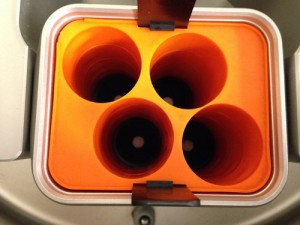Photoaging, in combination with chronobiological aging, produces a phenotype which has been shown to be recognizable even to young children. Photoaging normally results from severe oxidative stress from chronic or traumatic exposure to ultraviolet radiation type A, or UVA (320-400 nm in wavelength), and UVB (280-320 nm).
 Clinical effects include diminished skin thickness, loss of dermal elasticity (elastosis), and unevenness in pigmentation (forming nevi). Molecular responses include DNA damage, stimulation of inflammatory pathways, immunosuppression and mitochondrial dysfunction. MicroRNA-mediated control is present in most biological pathways, including the synthesis of cytokines and metalloproteinases (enzymes which degrade the skin’s collagen and elastin), as well as factors which lead to an increase in reactive oxygen species (ROS). ROS results in damage to cellular lipids (fat-like molecules), proteins, and DNA, and impairs the mitochondria’s ability to synthesize adenosine triphosphate (ATP), the cellular energy source for normal cell function.
Clinical effects include diminished skin thickness, loss of dermal elasticity (elastosis), and unevenness in pigmentation (forming nevi). Molecular responses include DNA damage, stimulation of inflammatory pathways, immunosuppression and mitochondrial dysfunction. MicroRNA-mediated control is present in most biological pathways, including the synthesis of cytokines and metalloproteinases (enzymes which degrade the skin’s collagen and elastin), as well as factors which lead to an increase in reactive oxygen species (ROS). ROS results in damage to cellular lipids (fat-like molecules), proteins, and DNA, and impairs the mitochondria’s ability to synthesize adenosine triphosphate (ATP), the cellular energy source for normal cell function.





